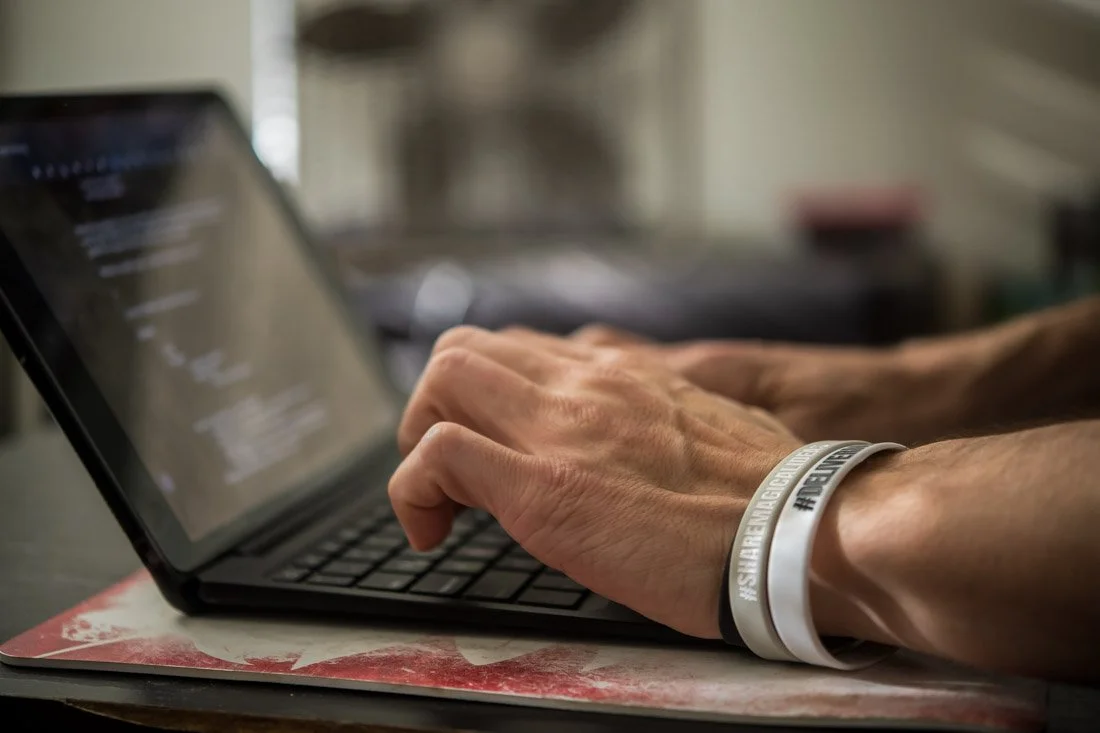My 2 cents on AI photography...
I’ve seen this trend of AI photos proliferating the internet in recent months…
While there’s inherent issues with using these photos for professional purposes, there’s an even bigger question that needs to be answered first.
Recently, I’ve been inundated with articles and posts from colleagues, as well as my own content consumption, related to the growing buzz around AI-generated photos.
I’ve seen two primary types:
One where users submit their photos to the app and it creates a cartoonish rendering based on each photo.
I’ve seen these images used everywhere, including many of my clients and colleagues.
And another where the app samples hundreds of photos pulled from users' online posts to create realistic-looking photos of moments.
In the article that I read about the latter, the app generated a handful of snapshots with a 35mm look to them of a cocktail party with a bunch of folks enjoying themselves…at a party that never happened in the first place.
And, I’m sure that there are other types of AI-generated photo programs that are currently in the works that we don’t even know about yet.
At first glance, I see the novelty with these programs and realize the shiny new object syndrome afforded to people who dig this kind of stuff.
It’s evidenced by the fact that so many people are using these images for personal and professional purposes already.
While a discussion is warranted around the merits - and integrity - of leveraging altered reality images for purposes of promoting your business and brand, I think there is an even bigger question that needs to be addressed first:
Where do we draw the line on manufacturing our realities online?
As it is, people who share aspects of their businesses and lives online, myself included, already engage in various levels of selectively manicuring their online presence through the way they speak and present themselves visually to their friends, colleagues and clients.
For example, how many selfies do you take before you find one you like enough to post?
That’s a simple example of manicuring your online presence right there, which doesn’t even speak to the application of post-production filters and other retouching apps that get piled on after the fact.
In some cases, the level of editing work applied to an image creates an unrealistic expression of their reality.
Basically, they’ve been retouched and filtered to the point that they barely look like the person anymore. It’s an idealized version of how that person wants to present themselves to the world.
As a professional portrait photographer who champions clients to present themselves in their photos in the same way they do when walking into a room of clients, I’m not down with all of that filter crap.
At all.
But, at least those photos were taken by an actual person with a physical camera in their hands. While that doesn’t say much in terms of support for the final product, it does, at least, speak to the intention behind it.
The moment was real and the intention behind capturing that moment was real. Empowering a computer program to assemble fictitious moments based on an amalgam of real moments is another story altogether.
As humans, we’re wired to make meaning of our world through the consumption of visuals around us. But, what if all of the visuals we consume are fabricated through technology?
And, that leads us back to the question posed earlier: Where do we draw the line on manufacturing reality?
What’s the cost?
Are we simply consigning ourselves to be slaves to zero’s and one’s for the rest of our lives? Is this how we want to experience the world around us?
What’s more - how does this phenomenon affect creative expression, overall? Not just for the folks in the photos, but for the folks behind the camera.
Are we supposed to take our camera gear and throw it into the garbage because it’s no longer needed to capture the moments that matter in people’s lives?
Or rather, the manufactured, never-really-happened, but-it-looks-like-it-happened, moments in people’s lives?
With that said, it would be worth the exploration to see how these tools can help to benefit society at large.
I mean, I’m curious to see how AI-generated photos could be a wonderful addition to a creator’s toolbox.
Note that I wrote a wonderful addition, not a wonderful replacement…
…while also maintaining a level of integrity for how it’s being dispatched.
Long story short, I don’t have the answers on how to bridge that gap, or even know if that gap can be bridged.
Or, if the general public cares to bridge the gap in the first place.
Do people care if they’re posting completely manufactured images of moments that never happened in their lives?
I don’t know.
But what I do know is that this technology is only going to gain steam and get better at its job over time.
Now is the time to take a step back and think more critically about the ramifications before it’s pervasiveness overwhelms the market and it becomes the standard without challenge.
We need to look before we leap.
That’s my 2 cents - take it or leave it from a guy that’s dedicated his entire life to delivering magic from behind a camera :)


